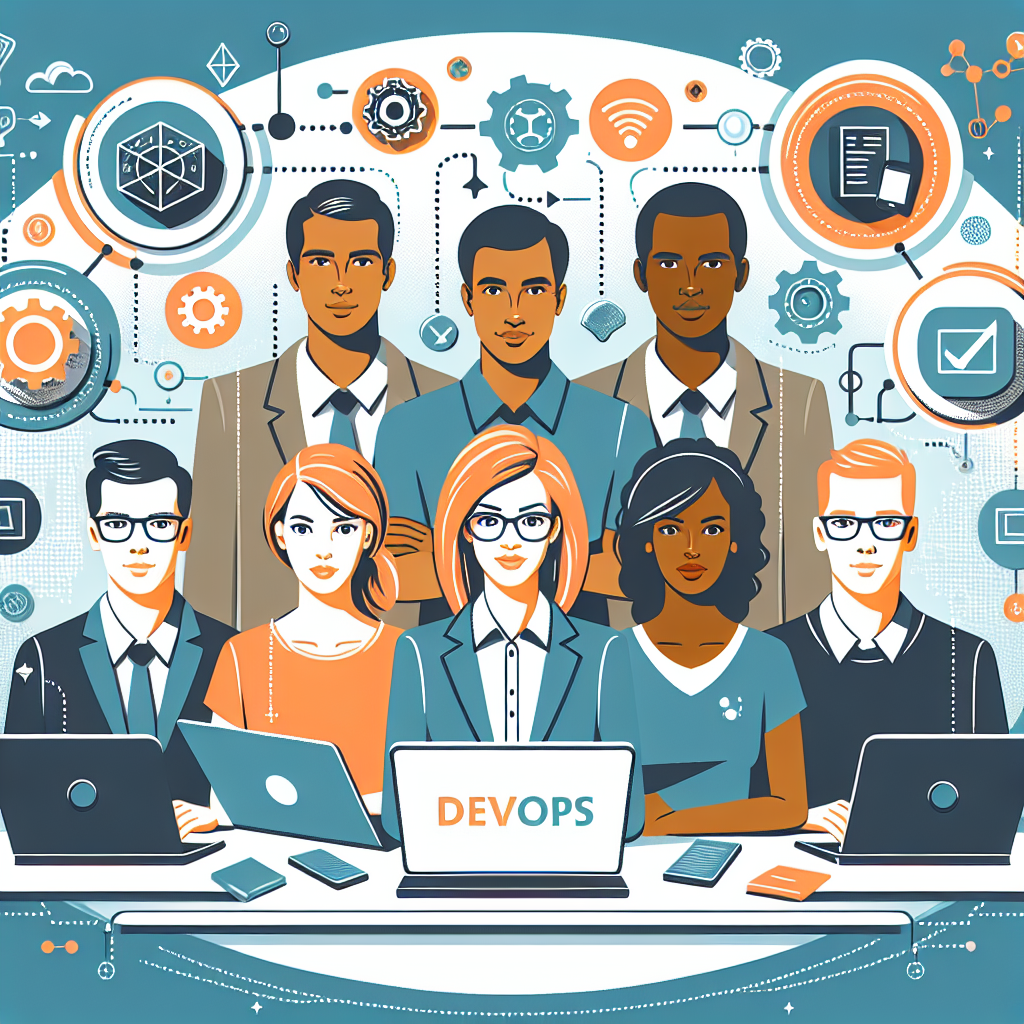DevOps Best Practices: Building Resilient, Scalable Systems
DevOps is more than just a set of tools or automation scripts—it’s a philosophy that combines development, operations, and continuous improvement to deliver reliable, scalable software. For DevOps engineers and Site Reliability Engineers (SREs), adopting best practices is…

DevOps Best Practices: Building Resilient, Scalable Systems
DevOps is more than just a set of tools or automation scripts—it’s a philosophy that combines development, operations, and continuous improvement to deliver reliable, scalable software. For DevOps engineers and Site Reliability Engineers (SREs), adopting best practices is essential for maintaining system health, reducing downtime, and accelerating delivery. In this post, we’ll explore actionable DevOps strategies, backed by real-world examples and code snippets, to help you build resilient systems.
1. Automate Everything (Infrastructure as Code)
Manual configuration is error-prone and hard to scale. Infrastructure as Code (IaC) allows you to define, version, and deploy infrastructure using code. This ensures consistency, repeatability, and faster recovery in case of failures.
Popular tools include Terraform, Ansible, and Pulumi. Here’s a simple Terraform example that provisions an AWS EC2 instance:
provider "aws" {
region = "us-west-2"
}
resource "aws_instance" "web_server" {
ami = "ami-0c55b159cbfafe1f0"
instance_type = "t3.micro"
tags = {
Name = "web-server"
}
}
Run terraform apply to deploy. Version your Terraform files in Git for auditability and rollback.
2. Implement Continuous Integration and Continuous Delivery (CI/CD)
CI/CD pipelines automate testing, building, and deployment. This reduces human error and accelerates feedback cycles. Use platforms like GitHub Actions, GitLab CI, or Jenkins.
Here’s a GitHub Actions workflow for a Node.js application:
name: CI/CD Pipeline
on:
push:
branches: [ main ]
jobs:
build:
runs-on: ubuntu-latest
steps:
- uses: actions/checkout@v3
- name: Setup Node.js
uses: actions/setup-node@v3
with:
node-version: '18'
- run: npm install
- run: npm test
- run: npm run build
This workflow checks out code, installs dependencies, runs tests, and builds the app on every push to main.
3. Monitor and Alert Proactively
Monitoring is critical for detecting issues before they impact users. Use tools like Prometheus, Grafana, and Alertmanager for metrics, visualization, and alerting.
Example Prometheus alert rule for high CPU usage:
groups:
- name: cpu_alerts
rules:
- alert: HighCPUUsage
expr: 100 - (avg by(instance) (rate(node_cpu_seconds_total{mode="idle"}[5m])) * 100) > 80
for: 5m
labels:
severity: warning
annotations:
summary: "High CPU usage on {{ $labels.instance }}"
description: "CPU usage is above 80% for more than 5 minutes."
Set up dashboards in Grafana to visualize metrics and configure alerts to notify your team via Slack or email.
4. Practice Immutable Infrastructure
Instead of modifying running systems, replace them with new, identical instances. This reduces configuration drift and makes rollbacks predictable.
Example: Use Docker to package your application and deploy with Kubernetes:
apiVersion: apps/v1
kind: Deployment
metadata:
name: web-app
spec:
replicas: 3
selector:
matchLabels:
app: web
template:
metadata:
labels:
app: web
spec:
containers:
- name: web
image: my-web-app:v1.0
ports:
- containerPort: 80
Update the image tag and redeploy to roll out changes. Old pods are replaced automatically.
5. Secure Your Pipeline
Security should be integrated into every stage of the DevOps lifecycle. Use static analysis tools, secret scanning, and role-based access control (RBAC).
Example: Use trivy to scan Docker images for vulnerabilities:
trivy image my-web-app:v1.0
Integrate this into your CI pipeline to block builds with critical vulnerabilities.
6. Foster a Blameless Culture
Incidents are inevitable. A blameless postmortem process encourages transparency and continuous learning. Focus on root causes, not individuals.
- Document what happened, why it happened, and how to prevent recurrence.
- Share findings with the team and update runbooks.
7. Optimize for Observability
Observability goes beyond monitoring—it’s about understanding system behavior through logs, metrics, and traces. Use tools like ELK Stack, Loki, and Jaeger.
Example: Add structured logging in a Node.js app:
const winston = require('winston');
const logger = winston.createLogger({
level: 'info',
format: winston.format.json(),
transports: [
new winston.transports.Console()
]
});
logger.info('User logged in', { userId: 123 });
Ship logs to a centralized system for analysis and correlation.
8. Automate Testing and Rollbacks
Automated tests (unit, integration, end-to-end) catch regressions early. Automated rollbacks minimize downtime.
Example: Use Helm to deploy and rollback Kubernetes applications:
helm upgrade my-app ./chart --install
helm rollback my-app 1
Integrate rollback logic into your CI/CD pipeline for failed deployments.
9. Document Everything
Documentation is often overlooked but is critical for onboarding, troubleshooting, and knowledge sharing. Use tools like Confluence, Notion, or Markdown in your repo.
- Keep runbooks up to date.
- Document architecture decisions and incident responses.
10. Continuously Learn and Improve
DevOps is a journey, not a destination. Regularly review your processes, tools, and team structure. Attend conferences, read blogs, and experiment with new technologies.
Example: Schedule monthly retrospectives to discuss what’s working and what’s not. Use feedback to refine your DevOps practices.
Conclusion
Adopting DevOps best practices is essential for building resilient, scalable systems. By automating infrastructure, implementing CI/CD, monitoring proactively, and fostering a culture of continuous improvement, DevOps engineers and SREs can deliver reliable software at speed. Start small, iterate often, and always keep the end-user in mind.
What DevOps practices have worked for your team? Share your experiences in the comments below!




